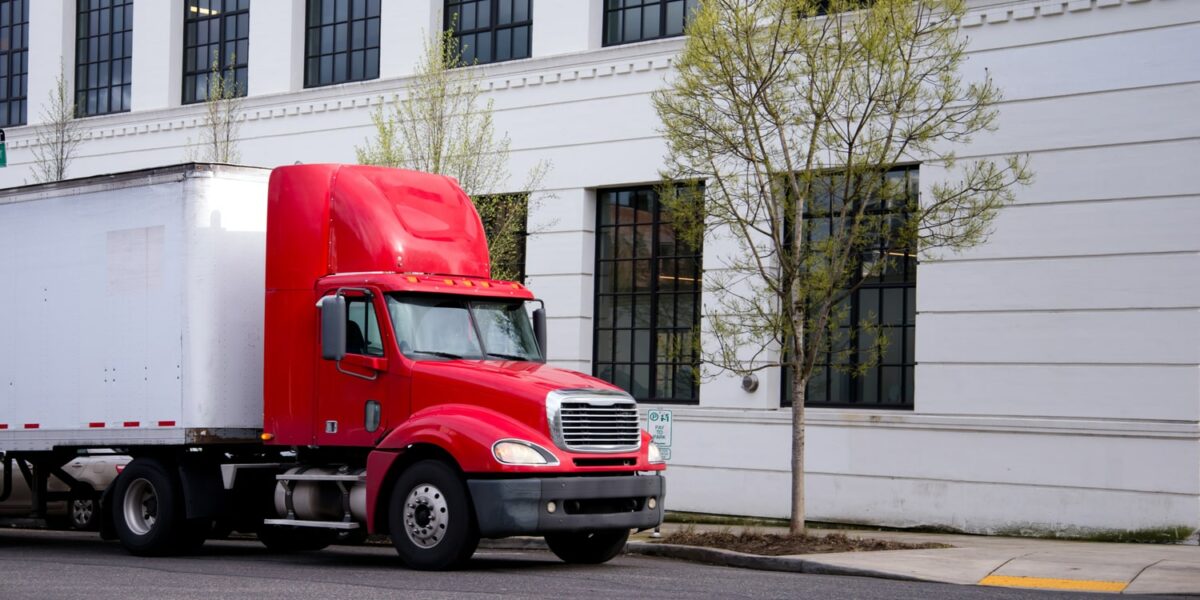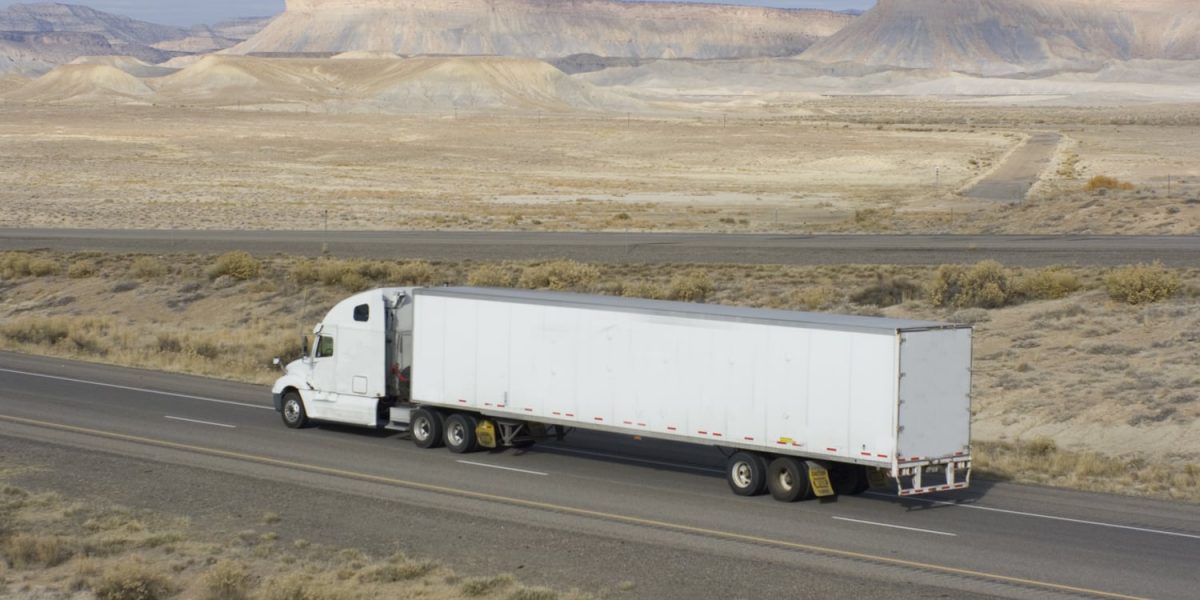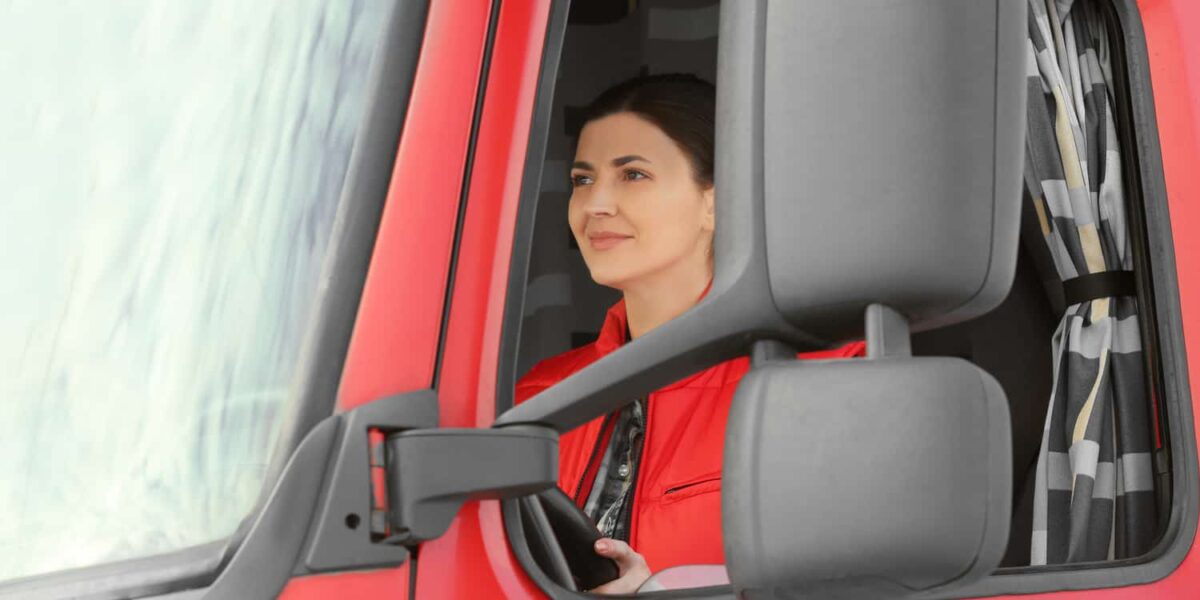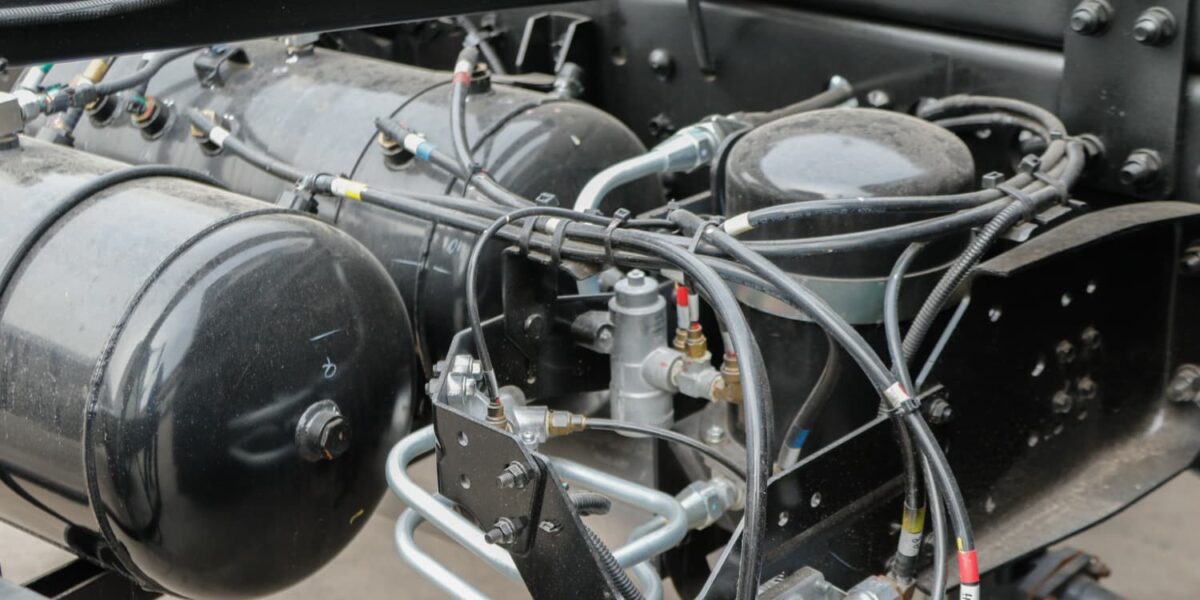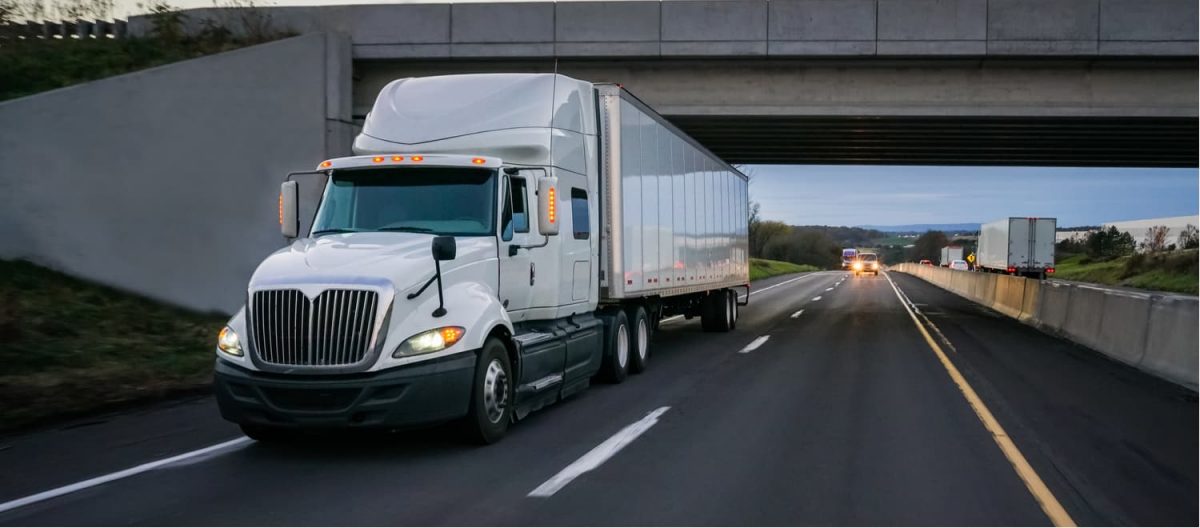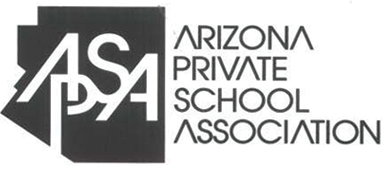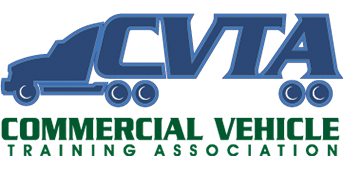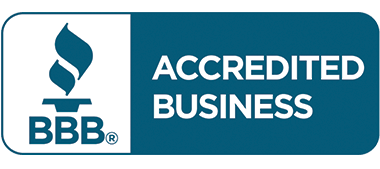Truck driving is an excellent choice for those seeking a high-paying career. Truckers can make more than $66,000 a year*, but the pay structure is often different for over-the-road drivers than it is for other workers. There are several different types of truck driver pay that you may encounter after you earn your commercial driver’s license (CDL), and it’s important to understand what these are and when you might receive them.
Base Pay
Base pay is going to make up the bulk of what you earn as a driver. How your base pay is calculated will vary depending on the type of trucking you do.
Some possible types of pay for truckers include:
Pay Per Mile
The majority of long-haul truck drivers are paid per mile that they drive to deliver goods and materials. This can be calculated based on practical mileage, which is the number of miles in the most efficient route from your starting point to your destination. Other methods include household goods (HHG) mileage (measured from zip code to zip code) or hub mileage (includes all miles a truck drives). These rates are given in cents per mile (CPM).
Hourly
Hourly pay is less common in the trucking industry, but local drivers or regional drivers with short routes may be paid hourly instead of by mile. This is more practical if the job often involves non-driving tasks such as loading and unloading or interacting with customers.
Salary
Salaried truck driver jobs offer consistent pay on a weekly or biweekly basis. Like hourly jobs, these are more common for local or regional positions.
Pay Per Load
Pay per load is less common, although it is offered under some circumstances. This type of compensation is more likely for specialized jobs such as gas tankers, livestock, et cetera. This may be a flat rate or as a percentage of the profit for the load. The latter is often reserved for owner-operators and is rare, but sought-after.
Additional Truck Driver Pay
Beyond base compensation, there are other types of pay that may be applicable depending on the situation.
These include:
Per Diem
A per diem is a daily allowance that helps cover meals and other daily expenses a trucker might have while on the road. In many cases, this is added onto CPM. Per diem pay is non-taxable, so it’s important to know what portion of your pay is considered per diem, if any.
Detention, Layovers, and Breakdowns
Things don’t always go as planned in trucking, and these additional types of pay allow drivers to be compensated when unexpected delays occur. Detention is when a driver is stuck at the receiver waiting to drop off a load. Layovers are when truckers are waiting to get a new load. Breakdowns refer to any issues with the semi-truck that require the driver to stop and wait for repairs. Companies offer varying compensation for these circumstances since they impact a driver’s ability to get miles and earn the amount they want.
Stop Pay
Over-the-road truckers often deliver a full truckload to one final customer. However, this is not always the case. Sometimes a load will include two or more stops. In these cases, many companies offer additional stop pay for every drop-off beyond the first.
Bonuses and Incentives
In order to encourage the best performance, many companies offer bonuses. These may include incentives for improving fuel efficiency, practicing safe driving, passing Department of Transportation (DOT) inspections, and more. Additionally, the truck driver shortage has created a high demand for long-haul truckers and some motor carriers offer sign-on bonuses.
Start Your Trucking Career
If you are looking for a job where you can see more of the country and earn competitive pay, truck driving may be the right choice for you. We can help you earn your CDL and offer job placement assistance. Many of our students have offers even before they graduate and can hit the road right away.
To learn more about our CDL training, contact us today.
*Professional truck drivers earn a median annual wage of $57,440, according to the 2024 Bureau of Labor Statistics.


